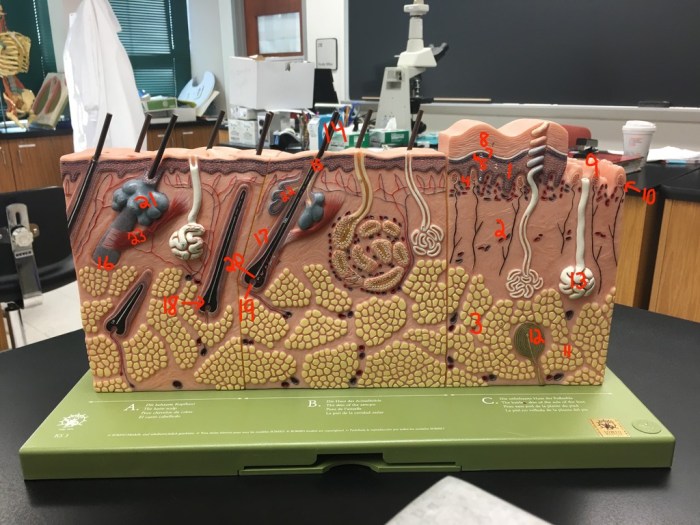Lab practical 1 anatomy and physiology 2 – Embark on an immersive journey through Lab Practical 1: Anatomy and Physiology 2, where the intricacies of the human body unravel before your eyes. This practical exploration delves into the fundamentals of human structure and function, providing a hands-on understanding of the complex systems that govern our existence.
Through meticulously designed experiments, you will uncover the secrets of anatomical structures, witness physiological processes in action, and develop a profound appreciation for the delicate balance that sustains life. Prepare to engage in a transformative learning experience that will ignite your curiosity and empower you with a deeper understanding of the human body.
Overview of Lab Practical 1: Anatomy and Physiology 2
Lab Practical 1 is a formative assessment that evaluates students’ understanding of the fundamental principles of anatomy and physiology. The practical covers various aspects of human anatomy and physiology, including the structure and function of different organ systems.
The objectives of Lab Practical 1 are to:
- Assess students’ knowledge of the anatomy and physiology of different organ systems.
- Evaluate students’ ability to apply anatomical and physiological principles to real-life scenarios.
- Provide students with hands-on experience in conducting laboratory experiments and analyzing data.
The lab practical is divided into several sections, each focusing on a specific organ system. The sections include:
- The skeletal system
- The muscular system
- The nervous system
- The endocrine system
- The cardiovascular system
- The respiratory system
- The digestive system
- The urinary system
- The reproductive system
The format of the lab practical includes a pre-lab quiz, laboratory experiments, and a post-lab report.
Experimental Design and Procedures
The experimental design of Lab Practical 1 is based on a series of controlled experiments. Students are provided with specific instructions and materials to conduct each experiment. The experiments are designed to investigate different aspects of human anatomy and physiology, such as the effects of exercise on heart rate, the function of different muscle groups, and the structure of the nervous system.
The materials and equipment used in the lab practical include:
- Human cadavers
- Microscopic slides
- Dissecting tools
- Physiological monitoring equipment
- Computer software for data analysis
The step-by-step procedures for conducting the experiments are provided in the lab manual. Students are required to follow the procedures carefully and to record their observations and data accurately.
Safety protocols and ethical considerations are an important part of Lab Practical 1. Students are required to wear appropriate safety gear, such as gloves and lab coats, and to follow all safety procedures. Students are also required to treat human cadavers with respect and to follow ethical guidelines for the use of human tissue in research.
Data Collection and Analysis

Students collect data during the lab practical through a variety of methods, including:
- Direct observation
- Microscopy
- Physiological monitoring
- Computer software
The data collected by students is analyzed using a variety of statistical tests, including:
- Descriptive statistics
- Inferential statistics
Students are required to interpret the results of their data analysis and to draw conclusions about the anatomical and physiological principles that they have investigated.
Potential sources of error in the data collection and analysis process include:
- Human error
- Equipment error
- Sampling error
Students are required to identify potential sources of error and to take steps to minimize their impact on the results of their experiments.
Report Writing and Presentation
Students are required to write a lab report and to give a PowerPoint presentation on the results of their experiments. The lab report should be organized into the following sections:
- Introduction
- Methods
- Results
- Discussion
- Conclusion
The lab report should be written in a clear and concise style and should include tables and graphs to present the data effectively.
The PowerPoint presentation should be used to summarize the key findings of the lab practical and to discuss the implications of the findings for the broader field of anatomy and physiology.
Helpful Answers: Lab Practical 1 Anatomy And Physiology 2
What is the purpose of Lab Practical 1: Anatomy and Physiology 2?
This practical aims to provide hands-on experience in anatomical and physiological concepts, reinforcing theoretical knowledge and fostering a deeper understanding of human structure and function.
What topics are covered in the lab practical?
The lab practical covers various topics, including anatomical structures, physiological processes, experimental design, data analysis, and report writing.
What is the format of the lab practical?
The lab practical typically consists of pre-lab preparation, experimental procedures, data collection, analysis, and report submission.